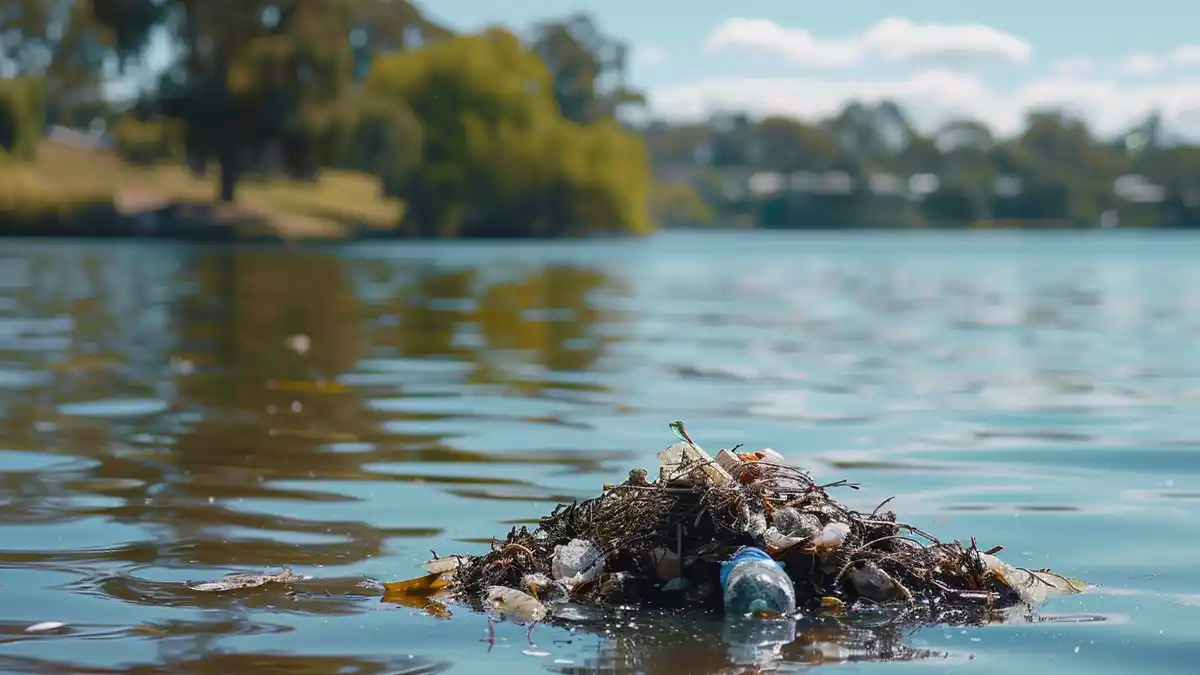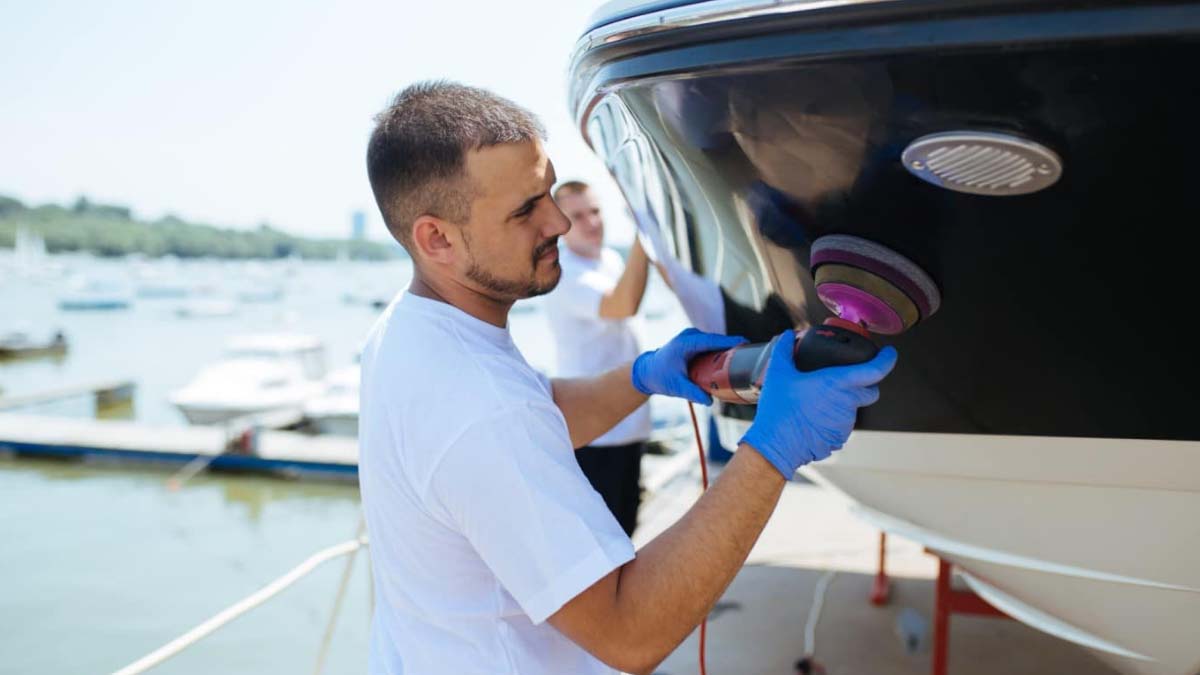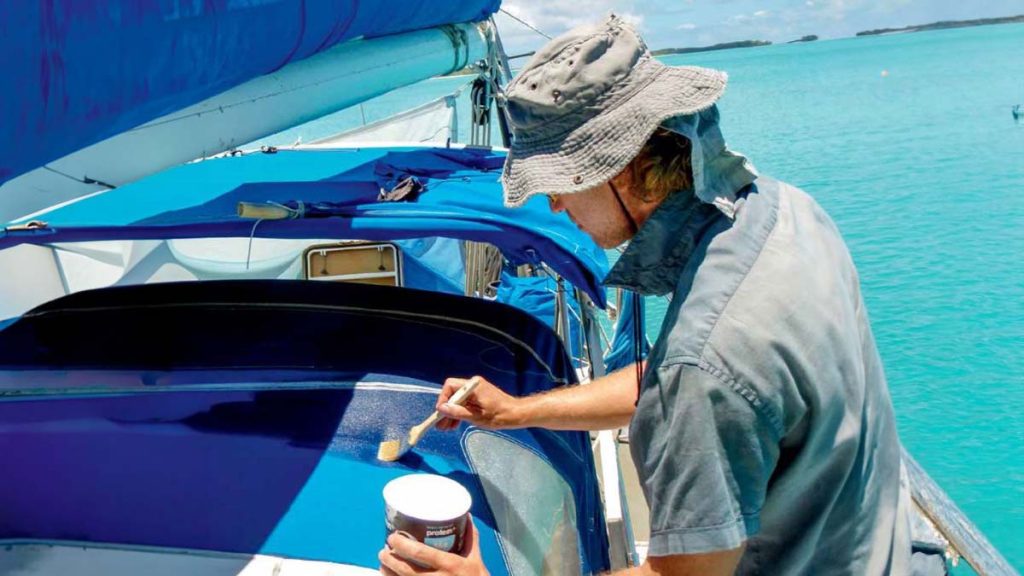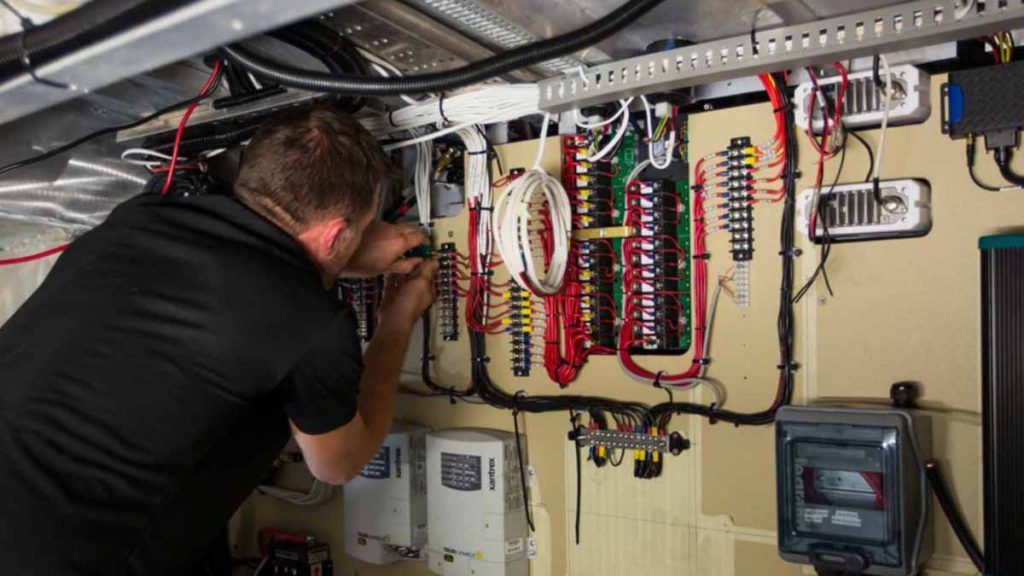
Protecting Our Seas: 10 Green Boating Tips
Protect Victoria’s waterways by maintaining our boats, using eco-friendly products, managing waste responsibly, and educating our crews about sustainable boating practices.
🎄 Christmas Captains Sale! Save $70 on the online marine and PWC licence course – limited time only!

Victoria boasts a diverse maritime landscape, from the bustling ports of Melbourne to the serene lakes of Gippsland. Boating in Victoria offers a range of experiences, but with these experiences come unique challenges for boat maintenance. Neglecting your vessel’s upkeep can lead to performance issues, safety concerns, and costly repairs. In this guide, we’ll walk you through the fundamental aspects of boat maintenance, helping you keep your vessel shipshape and ready for any nautical adventure.
1. The Basics of Boating in Victoria
Before we dive into maintenance specifics, let’s consider the distinctive elements of boating in Victoria. The state’s varied climate, from the temperate coastal areas to the cooler inland regions, can impact your vessel differently. Understanding these nuances is crucial in tailoring your maintenance routine.
Victoria’s coastal regions are prone to saltwater exposure, demanding extra attention to prevent corrosion. Inland waters, on the other hand, may pose challenges like fluctuating water levels and potential debris. Tailoring your maintenance routine to these conditions will ensure your vessel is prepared for all Victoria’s waterways have to offer.

2. Routine Checks and Inspections
Regular checks are the cornerstone of effective boat maintenance. They not only prevent potential issues but also contribute to a safer and more reliable boating experience. Here are some key areas to focus on:
Engine and Propulsion System
Boating Victoria presents unique challenges to your vessel’s propulsion system. Regularly inspect the engine, checking for signs of wear, loose connections, and ensuring proper lubrication. Pay special attention to the propeller, as its condition directly influences your boat’s performance.
Vic Boating Licence Tip: Consider scheduling professional engine inspections annually to catch potential issues before they become major problems.
Hull and Exterior
Inspecting the hull is crucial, especially if you’ve encountered rocky shores or debris. Look for scratches, dents, or any signs of damage. Additionally, check the exterior for blistering or peeling paint, addressing any cosmetic issues promptly to prevent further deterioration.
Vic Boating Licence Tip: Apply antifouling paint to protect your hull from the marine growth prevalent in Victoria’s waters.
Electrical Systems
Given the unpredictability of weather in Victoria, ensuring your electrical systems are in top condition is essential. Regularly inspect wiring, connections, and batteries. Clean terminals, tighten loose connections, and replace any worn-out components to avoid electrical failures on the water.
Vic Boating Licence Tip: Carry spare fuses, bulbs, and wiring essentials in your onboard toolkit for quick fixes during your journey.

3. Navigating Weather Challenges
Victoria’s weather can be unpredictable, ranging from sunny days to sudden storms. Your boat must be prepared to face these variations. Here’s how to navigate weather challenges through proper maintenance:
Sealing and Waterproofing
Ensure all seals, gaskets, and hatches are in optimal condition to prevent water ingress during unexpected rain or waves. Regularly check and reapply sealants to vulnerable areas, such as windows and hatches, to maintain a watertight vessel.
Vic Boating Licence Tip: Keep an eye on weather forecasts before setting sail, and always carry appropriate gear for changing conditions.
Rigging and Sails
For sailboat enthusiasts, the rigging is a critical component affected by weather exposure. Regularly inspect the rigging for signs of wear, corrosion, or loose connections. Additionally, inspect sails for tears, mildew, or other damage, addressing issues promptly to avoid compromising their effectiveness.
Vic Boating Licence Tip: Invest in UV-resistant covers for sails to protect them from prolonged sun exposure.

4. Winterization and Seasonal Maintenance
While Victoria enjoys a generally mild climate, winters can still bring cooler temperatures and occasional frost. Proper winterization is crucial for preserving your vessel during the off-season. Consider the following:
Engine and Fuel System
Before storing your boat for the winter, conduct a thorough inspection of the engine and fuel system. Change the oil, stabilise the fuel, and run antifreeze through the engine to prevent freezing. Remove the battery and store it in a cool, dry place.
Vic Boating Licence Tip: Consult your engine manual for specific winterization procedures to ensure thorough protection.
Hull Maintenance
Clean and wax the hull before storing your boat to protect it from potential damage during the winter months. Consider applying a quality boat cover to shield your vessel from the elements, preventing debris accumulation and UV damage.
Vic Boating Licence Tip: If storing your boat in the water during winter, use de-icing devices to prevent ice formation around the hull.
Interior and Electronics
Remove any perishable items from the interior, clean and sanitise the living spaces, and ensure all electronic equipment is properly shut down. Disconnect and store electronics in a dry place to prevent moisture-related damage.
Vic Boating Licence Tip: Invest in moisture-absorbing products to maintain a dry interior during storage.

Boat maintenance in Victoria is an ongoing commitment to ensuring the longevity and performance of your vessel. By understanding the unique challenges posed by the state’s diverse waterways and weather conditions, you can tailor your maintenance routine to suit the environment.
Regular checks, seasonal preparations, and attention to detail are the keys to keeping your vessel shipshape and ready for the next boating adventure. Whether you’re exploring the coastal wonders or navigating inland lakes, a well-maintained boat ensures a safe, enjoyable, and stress-free experience on Victoria’s waters. We hope this comprehensive guide has provided valuable insights into maintaining your vessel in the ever-changing conditions of Victoria.

Protect Victoria’s waterways by maintaining our boats, using eco-friendly products, managing waste responsibly, and educating our crews about sustainable boating practices.

Discerning between EPIRBs and PLBs is crucial for boaters, offering tailored safety solutions in Australia’s maritime playground.